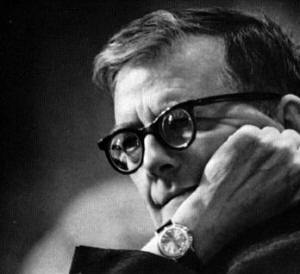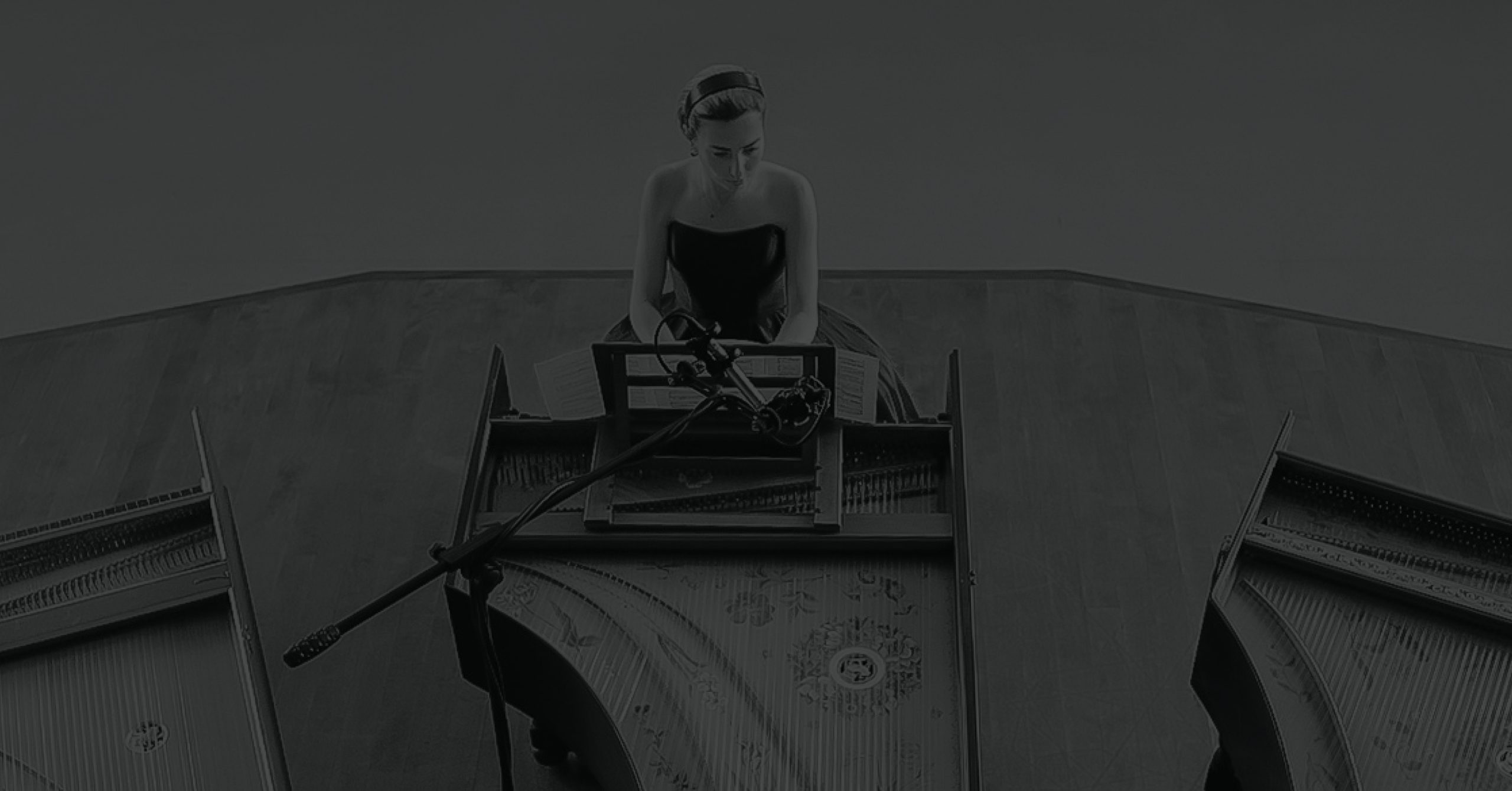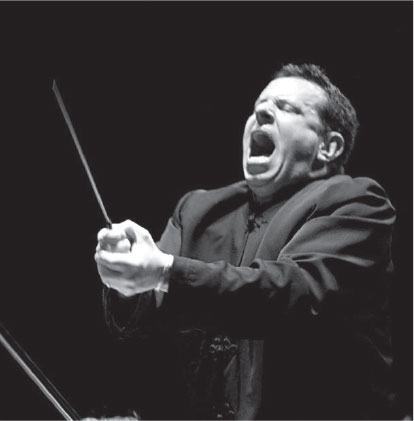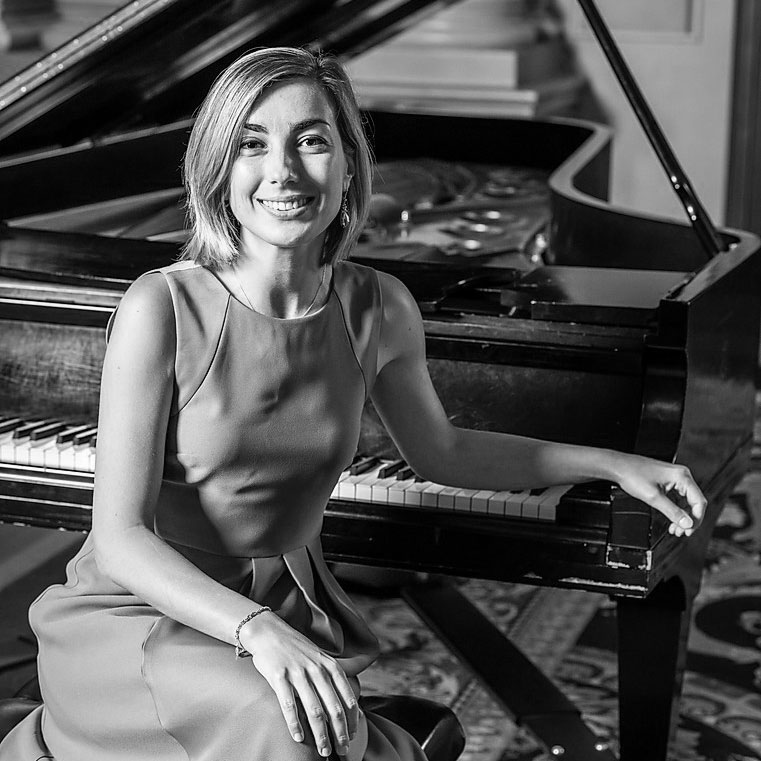Saturday, 24 October 2020
7:30 p.m. MST
(2020-10-25 1:30 a.m. UTC/GMT)
AARP HomeStream Your Helena Symphony
Conflict, hope, despair, and salvation are all captured in Beethoven’s Overture to Egmont – a testament to heroes who are willing to stand up to tyranny and sacrifice themselves for the good of humanity. Beethoven 250 continues with his First Symphony that started so much of his legacy. From Moscow to Paris, Carnegie Hall to performances throughout the world, Russian Pianist Anna Kislitsyna makes her HSO debut with Shostakovich’s witty and heart-wrenching Second Piano Concerto.
Watch live on YouTube.
24 October 2020
Ms. Kislitsyna, piano
I. Allegro
II. Andante –
III. Allegro
I. Adagio molto – Allegro con brio
II. Andante cantabile con moto
III. Menuetto – Trio: Allegro molto e vivace
IV. Finale: Adagio – Allegro molto e vivace
SHARE AND VIEW YOUR PHOTOS LIVE!
Share your viewing party photos live on our PhotoStream. To get started, text ON to 406.412.2014.
View PhotoStream
Currently in his eighteenth season as Music Director of the Helena Symphony Orchestra & Chorale, Maestro Allan R. Scott is recognized as one of the most dynamic figures in symphonic music and opera today. He is widely noted for his outstanding musicianship, versatility, and ability to elicit top-notch performances from musicians. SYMPHONY Magazine praised Maestro Scott for his “large orchestra view,” noting that “under Scott’s leadership the quality of the orchestra’s playing has skyrocketed.”
Making her debut with the Helena Symphony Orchestra, Russian Pianist Anna Kislitsyna made her solo debut at age 10 with the Omsk Symphony Orchestra. She remains in high demand as a soloist, collaborative pianist, and teacher. Recent season highlights include returning to the Omsk Philharmonic, performance in Carnegie Hall, and a release of a new recording with PARMA Recordings. Additionally, she has performed in the Kimmel Center, Philadelphia Academy of Music, Rachmanioff Hall of Moscow Conservatory, and Alfred Cortot Hall of Paris Conservatory.

LUDWIG VAN BEETHOVEN
Born: Bonn, Germany, 16 December 1770
Died: Vienna, Austria, 26 March 1827
“The Seventh Symphony is one of my very best and one of the happiest products of my poor talents.”
— Beethoven
Egmont, Op. 84: Overture
Beethoven’s Overture to Egmont is scored for piccolo, two flutes, two oboes, two clarinets, two bassoons, four horns, two trumpets, timpani, and divided strings.
Duration: 9 Minutes
Symphony No. 1 in C major, Op. 21
The First Symphony is scored for two flutes, two oboes, two clarinets, two bassoons, two horns, two trumpets, timpani, and divided strings.
Duration: 27 Minutes
Parallel Events / 1810
U.S. annexes West Florida from Spain
Chile and Columbia declare independence from Spain
Napoleon has marriage with Josephine annulled and weds Austrian Princess Marie Louis
First U.S. fire insurance is organized in Philadelphia
Showman P.T. Barnum and composers Frederic Chopin and Robert Schumann are born
Parallel Events / 1800
A tie in the popular vote between Thomas Jefferson and Aaron Burr causes the House of Representatives to narrowly elected Jefferson the 3rd U.S. President
U.S. Library of Congress is established
The White House is built and first inhabited by President John Adams
Abolitionist John Brown and U.S. President Millard Fillmore are born
Friedrich Shiller writes play Mary Stuart
Worcestershire Sauce is created and sold
Dedicating himself principally to composition from the early 1800s, he supported himself partly by public concerts, in which he presented his works and his skill as an improviser, and partly through dedication fees, sales of publications, and generous gifts from patrons. Determined to survive as a free-lance musician, Beethoven eventually ended his career as a performer for full time composing due to the gradual onset of incurable deafness.
Like his musical idol, Handel, Beethoven embodied his own musical era and at the same time contributed to the overall progression of music in technique and artistic form. Unlike Handel (and even Mozart) however, Beethoven did not have the luxury of speed and instantaneous perfection in his composing; several drafts, versions, and he needed to make edits to most of his works. Certain pieces were often started, interrupted by other projects, and finished much later, at times several years later. Beethoven’s large output of works in all genres includes much occasional music, some of which is rather mediocre. In every genre, however, there are works of the greatest mastery, and the finest of them are unmatched in originality and expressiveness. His works include one opera (Fidelio), incidental music (Egmont, The Ruins of Athens), two ballets, nine symphonies, two mass settings (Mass in C and Missa Solemnis), oratorios, including Christ on the Mount of Olives, and other choral works, five piano concertos, a violin concerto, string quartets and quintets, chamber music with winds, sonatas for violin and cello, piano trios, 32 piano sonatas, many variation sets for piano, works for solo and duet piano, dance sets, concert arias and songs, and canons.
With Romanticism, the art and the artist are inseparable. This connection between art and artist is the driving force that most music has thrived on for the past two centuries, whereby music strives to attain the unattainable, the ideal, and the larger-than-life.
This is not to suggest that Beethoven surrendered the structures and forms established by Haydn and Mozart; on the contrary, Beethoven is regarded as the link between the Classical Era of form and reason and the Romantic Era of emotion over reason and art for art’s sake.
Beethoven’s own personal ideas, hopes, and faith, or lack of faith, are represented in his symphonic output. He wrestled with his own fate in Symphony No. 5; he strove to obtain ideal heroism in Symphony No. 3; and held true to the notion that the city of man can and should be equal to the city of God in Symphony No. 9.

DMITRI SHOSTAKOVICH
Born: St. Petersburg, Russia, 25 September 1906
Died: Moscow, Soviet Union, 9 August 1975
Piano Concerto No. 2 in F major, Op. 102
Shostakovich’s Piano Concerto No. 2 is scored for solo piano, piccolo, three flutes, two oboes, two clarinets, two bassoons, four horns, timpani, snare drum, and divided strings.
Duration: 25 minutes
Parallel Events / 1957
Dwight D. Eisenhower begins second terms as the 34th U.S. President
USSR launches Sputnik
U.S. first reports link between smoking and lung cancer
Jimmy Hoffa becomes president of the Teamsters Union
Jack Kerouac writes On the Road
John F. Kennedy’s Profiles in Courage wins the Pulitzer Prize
Leonard Bernstein’s West Side Story debuts
Jack Paar debuts as host of the Tonight Show
Leave It To Beaver and American Bandstand debut on television
Baseball team Brooklyn Dodgers move to Los Angeles
Actor Humphrey Bogart, comedian Oliver Hardy, conductor Arturo Toscanini, and bandleader Jimmy Dorsey









